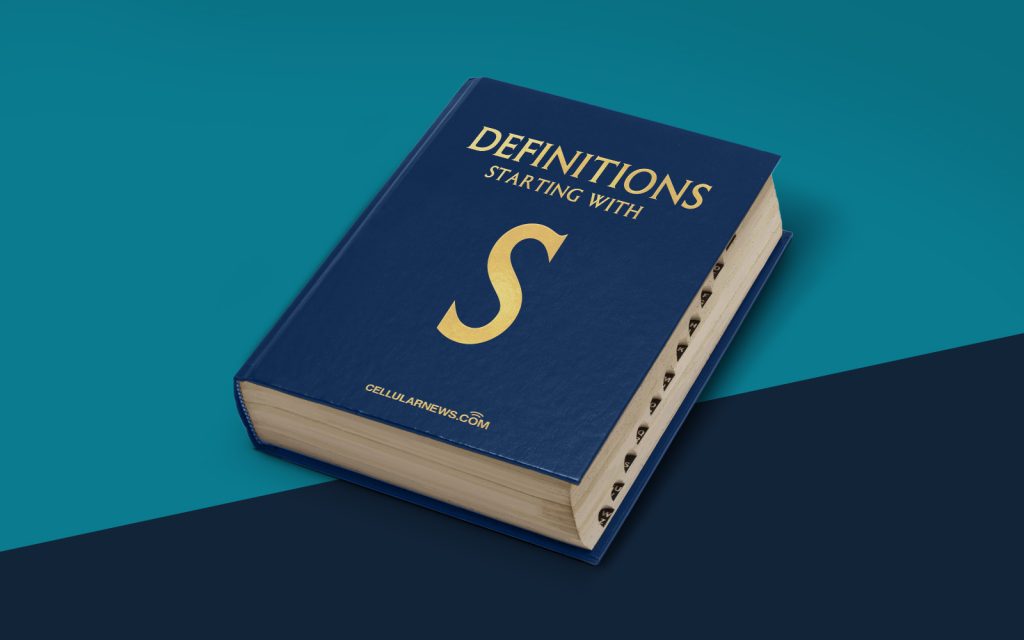
Unlocking the Power of Speech-to-Text Software
Are you tired of typing out your thoughts and ideas? Imagine being able to speak naturally, and have your words instantly transformed into text. That’s the power of speech-to-text software! In this article, we’ll explore what speech-to-text software is and how it can revolutionize your productivity.
Key Takeaways:
- Speech-to-text software converts spoken language into written text.
- It can be used in various industries, such as transcription services, accessibility tools, and voice-controlled virtual assistants.
Speech-to-text software is a technological marvel that has rapidly advanced over the years. It harnesses the power of artificial intelligence and natural language processing to convert spoken words into written text. Here’s how it works:
- Audio Input: The software starts by accepting audio input. This can be recorded speech, live audio, or even a telephone conversation.
- Speech Recognition: Once the audio is captured, the software uses advanced algorithms to recognize individual words and phrases.
- Language Processing: After recognition, the software processes the language, analyzing grammar, syntax, and context to generate accurate text.
- Text Generation: Finally, the software produces the written text, which can be saved as a document or displayed on a screen in real-time.
Speech-to-text software has numerous applications across various industries. Let’s take a closer look:
1. Transcription Services
Transcription services heavily rely on speech-to-text software to convert audio recordings into written documents. This is particularly valuable for professionals such as journalists, content creators, and researchers who require accurate and efficient transcriptions of interviews, meetings, and lectures.
2. Accessibility Tools
Speech-to-text software plays a vital role in expanding accessibility options for individuals with disabilities. For those who have difficulty typing or who are visually impaired, speech-to-text software provides a way to interact with computers and mobile devices through spoken commands.
Additionally, speech-to-text software can assist individuals with learning disabilities or language barriers by providing real-time transcription and translation services, facilitating effective communication across diverse populations.
Furthermore, voice-controlled assistants like Amazon’s Alexa or Apple’s Siri utilize speech-to-text software to interpret user commands and provide personalized responses, making them invaluable tools for smart homes and digital assistants.
With the advent of speech-to-text software, the way we interact with technology is forever changed. Whether you need seamless transcriptions, improved accessibility, or the sheer convenience of dictating your thoughts, speech-to-text software offers a world of possibilities. So, why type when you can just speak?
